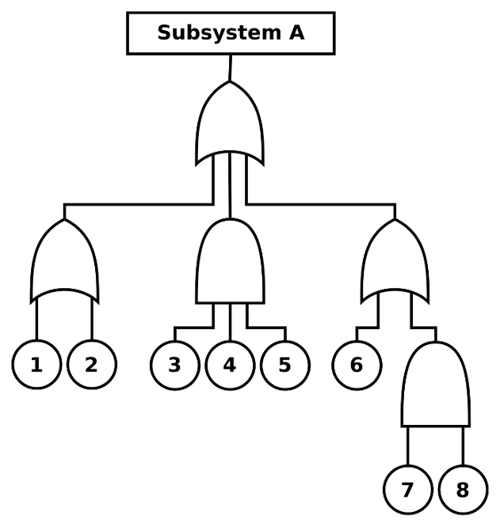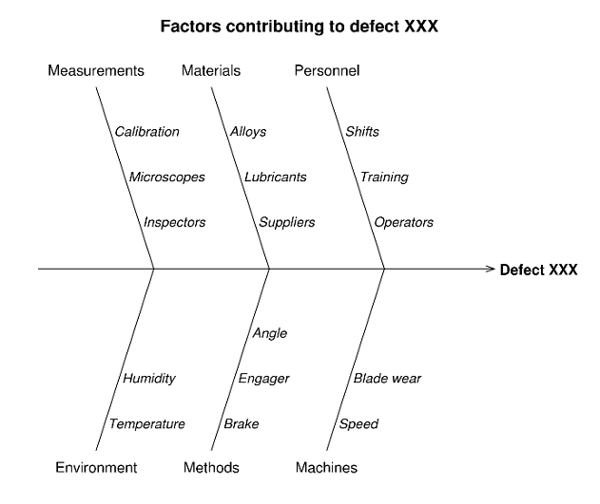04.26.2024
Your Complete Guide To Scaled Agile Framework Certification

Posted by Marbenz Antonio on June 6, 2023

If your organization is seeking to establish a well-structured problem management capability or aiming to enhance the existing security management and problem management practices, this blog post is tailored specifically for you. Here, you will discover four ITIL problem management root cause analysis techniques explained in-depth to gain a comprehensive understanding of their purpose and benefits.
Additionally, ITIL has included valuable links to further resources for each technique, ensuring you have access to detailed information. Continue reading to explore the four most widely recognized root cause analysis techniques that can effectively support your endeavor to establish or improve problem management capabilities.
Want to know more about ITIL? Visit our course now.
The most recent guidance provided by ITIL 4 highlights the following problem-management techniques:
The following sections provide detailed explanations of each of the three root cause analysis techniques.
The 5 Whys technique, developed in the 1930s and popularized in Japanese manufacturing during the 1970s, aligns with the Toyota Genchi Genbutsu and Gemba philosophies, emphasizing the need to understand the happenings “on the shop floor.”
The technique itself is straightforward. When confronted with a problem, the question “Why?” is asked five times to delve deep and uncover the root cause(s) of the issue. This process enables the establishment and implementation of an appropriate solution.
However, it is important to note that the 5 Whys technique is most suitable for addressing simple to moderately difficult problems and may not be as effective for more complex issues. This is because the technique tends to focus on a limited number of potential root causes, potentially missing other underlying factors that contribute to the problem.
The Kepner and Fourie Critical Thinking approach, also known as the Kepner-Fourie model, employs a structured question template to facilitate the analysis phase. This method expedites the process by directing individuals to ask pertinent questions to the appropriate individuals while gathering information and data. The objective is to discourage the common tendency of problem solvers to immediately evaluate potential resolution options without conducting a thorough inquiry.
When using the Kepner and Fourie approach, there are four key steps to follow in order to solve a problem:
Fault tree analysis is a root cause analysis technique that involves visually documenting all potential causes that could have led to a specific event or problem. In this approach, the event or problem is positioned at the top of the tree, and the investigation progresses in a top-down manner.
Primarily employed in safety engineering and reliability engineering, this analysis method aims to understand the potential failure modes of systems, identify effective risk reduction strategies, and estimate the occurrence rates of safety accidents or specific functional failures. This is achieved by assigning probabilities to various components within the tree, enabling a comprehensive assessment of the overall system reliability.

Ultimately, fault tree analysis serves as a deductive approach that facilitates a comprehensive comprehension of a problem by visually illustrating how the problem or related event transpired. This method aims to uncover the root cause(s) by providing a visual representation, enabling a deeper investigation into the underlying factors.
Although not explicitly mentioned in the aforementioned ITIL Problem Analysis 4 excerpt, there exists a wide array of other root cause analysis techniques that individuals can utilize when addressing problems. Some of these techniques include:
Among these techniques, Ishikawa diagrams are likely the most widely recognized. This method combines the principles of mind mapping and brainstorming to construct a visual diagram showcasing the cause-and-effect relationships. The primary objective is to encourage individuals to explore all potential causes of a problem, rather than solely focusing on the apparent ones.
Initially developed for quality control purposes, this technique has evolved to find applications in diverse scenarios, including:
An example Ishikawa diagram is shown below.
Example Ishikawa diagram

When collaboratively constructing an Ishikawa diagram, it is customary for participants to jot down their ideas or potential causes on post-it notes. These notes can then be organized and grouped along the vertical “fishbones” depicted in the diagram above.
Here at CourseMonster, we know how hard it may be to find the right time and funds for training. We provide effective training programs that enable you to select the training option that best meets the demands of your company.
For more information, please get in touch with one of our course advisers today or contact us at training@coursemonster.com
